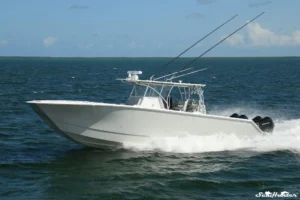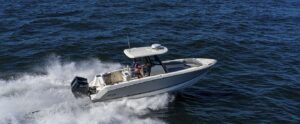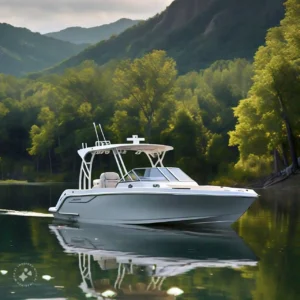Top 5 Fish Species to Target in Charleston, SC
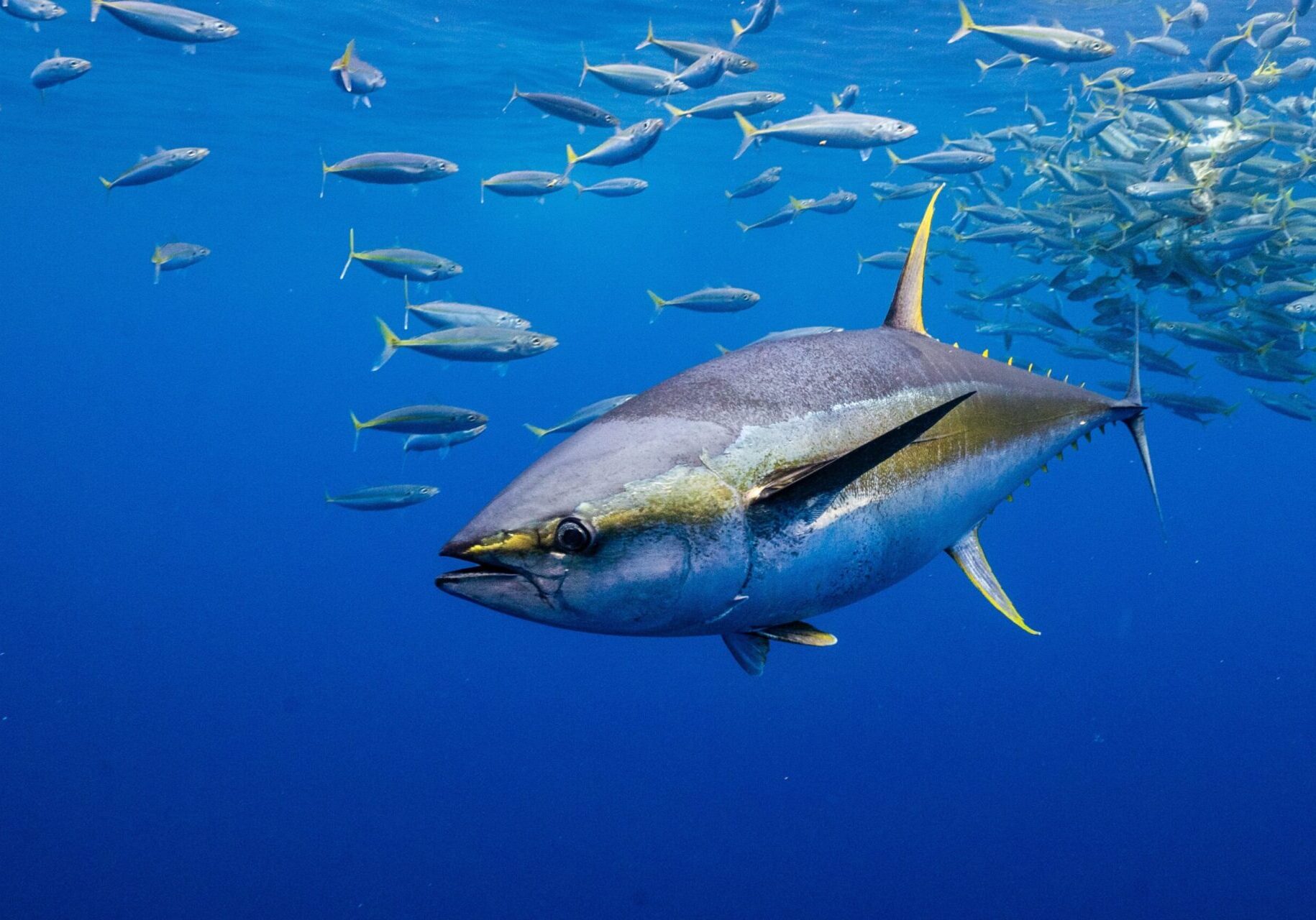
Introduction
Charleston, South Carolina, isn’t just a historic gem with cobblestone streets and charming architecture—it’s also a haven for anglers. With its vast network of tidal creeks, estuaries, and offshore waters, Charleston offers some of the most exciting and diverse fishing opportunities on the East Coast. Whether you’re casting a line for the first time or you’re a seasoned pro, this coastal paradise has something for everyone.
But with so many species to choose from, where do you even start? That’s where this guide comes in. We’re going to break down the top five species you should be targeting when fishing out of Charleston. We’ll dive into where you can find them, the best seasons to fish for them, and the most effective methods to catch these prized species.
So grab your gear, load up the cooler, and get ready to learn about the species that make Charleston a fishing hotspot. Whether you’re after the inshore challenge of Redfish or the offshore thrill of King Mackerel, this list has got you covered. Let’s jump in!
1. Red Drum (Redfish)
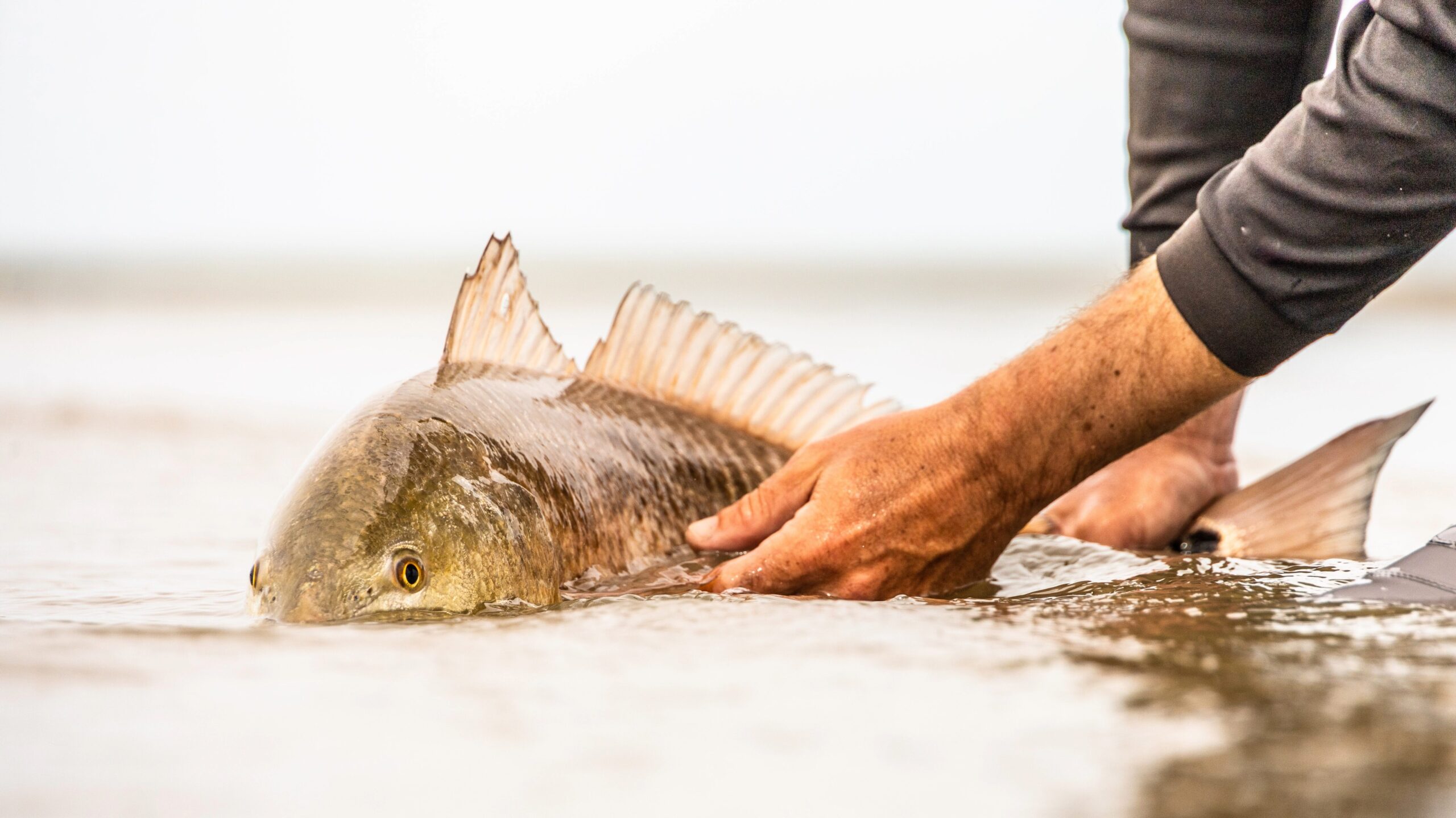
When it comes to fishing in Charleston, the Red Drum—often called Redfish—is at the top of many anglers’ lists. Known for their beautiful bronze coloring and the signature black spot near their tail, these fish are both a thrill to catch and a delight to cook. Whether you’re exploring Charleston’s estuaries or marshy shallows, Redfish are a reliable target year-round.
Where to Find Them
Redfish are inshore champions, thriving in the shallow, brackish waters around Charleston. Their favorite habitats include:
- Estuaries and Tidal Creeks: Redfish use these areas as feeding grounds, especially during high tide when shrimp and baitfish are abundant.
- Oyster Beds: These structures attract baitfish, making them prime hunting grounds for Redfish.
- Grass Flats and Marshes: Shallow flats are perfect for sight fishing as Redfish often tail (expose their fins) while feeding.
During cooler months, Redfish often school in deeper holes within these habitats, while warmer months see them spreading out across flats and creeks.
When to Catch Them
Although Redfish are available all year in Charleston, fall is peak season. From September to November, they gather in large schools, offering incredible opportunities for anglers. Cooler water temperatures bring them closer to the surface, and their feeding frenzy before winter makes them more aggressive.
Spring and summer also provide excellent action, especially around grass flats and oyster beds, where they actively feed during tidal movements.
How to Catch Them
Catching Redfish requires a bit of strategy, but once you’re dialed in, they’ll give you an unforgettable fight. Here’s how to target them effectively:
- Light Tackle with Live Bait:
- Use shrimp, mullet, or crabs as bait. These are Redfish favorites and work exceptionally well when fished near structures or along grass flats.
- A popping cork rig is particularly effective for live bait presentations in shallow water.
- Artificial Lures:
- Soft plastics like paddle tails or shrimp imitators are fantastic options. Pair them with a light jighead for precise casting.
- Gold spoons are a classic choice for Redfish, as their flash mimics baitfish and triggers a reaction strike.
- Sight Fishing:
- In clear, shallow water, look for tailing Redfish. These fish are actively feeding and make for an exciting visual catch.
- Cast just ahead of the fish and retrieve your bait slowly to entice a strike.
Why Redfish Are a Favorite
Redfish aren’t just prized for their fighting spirit; they’re also versatile table fare. Grilled, blackened, or fried, they’re a culinary favorite among Charleston locals. Additionally, their year-round availability and adaptability to various fishing techniques make them an ideal target for anglers of all skill levels.
Whether you’re wading the marshes, casting from a kayak, or fishing from a skiff, Redfish are sure to provide an exciting and rewarding experience. Keep your gear ready—they’re out there waiting!
2. Spotted Seatrout (Speckled Trout)
When it comes to inshore fishing in Charleston, few species are as beloved as the Spotted Seatrout, often called Speckled Trout. With their shimmering silver bodies, distinctive black spots, and sharp, toothy jaws, these fish are not only a joy to catch but also a treat on the dinner table. They’re known for their aggressive strikes and make for an exciting target for anglers of all skill levels.
Where to Find Them
Speckled Trout thrive in Charleston’s tidal estuaries and creeks, where they hunt baitfish and shrimp. Look for them in these prime locations:
- Tidal Creeks and Estuaries: Trout often patrol these areas, especially near drop-offs or deeper holes, where bait tends to congregate.
- Submerged Vegetation and Oyster Beds: Structures like seagrass beds or oyster reefs provide ideal ambush points for trout waiting to strike unsuspecting prey.
- Channels and Points: Look for moving water, where tidal currents funnel baitfish. Trout are opportunistic feeders and will position themselves to take advantage of the flow.
During warmer months, they’re more active in shallow waters early in the morning and late in the afternoon. As the water cools in the fall, you’ll find them in larger schools, making them easier to locate.
When to Catch Them
Spring and fall are the prime seasons for Speckled Trout in Charleston. The months of March through May and September through November offer ideal water temperatures and bait availability, making trout highly active and aggressive.
In the cooler months of fall, trout begin to school in preparation for winter, often gathering in deeper pockets of water. This behavior makes them easier to locate and increases the chances of catching multiple fish in a single outing.
How to Catch Them
Speckled Trout are voracious feeders, striking a wide variety of baits and lures. Here’s how to maximize your chances:
- Live Bait with a Popping Cork:
- A popping cork rig is a go-to method for targeting Speckled Trout.
- Use live shrimp or mud minnows suspended below the cork. The popping sound imitates feeding activity, attracting trout to investigate.
- Cast near structures or into channels with moving water for the best results.
- Soft Plastics and Artificial Lures:
- Paddle tail or curly tail jigs in natural colors like white or chartreuse are highly effective.
- Cast and retrieve with a slow, steady motion, mimicking the movement of baitfish.
- In low light or overcast conditions, try topwater plugs like Zara Spooks or Heddon Torpedos for explosive strikes.
- Targeting Feeding Zones:
- During tidal changes, focus on areas with water movement, such as creek mouths or points.
- Trout will position themselves in these zones to ambush baitfish swept by the current.
Why Speckled Trout Are a Favorite
Speckled Trout are a perfect balance of fun and challenge. They hit hard, often surprising anglers with their aggressive strikes, and they put up a respectable fight once hooked. Beyond their sporting appeal, trout are highly regarded for their delicate, flaky meat. Whether pan-fried, grilled, or baked, they’re a staple of Charleston’s seafood cuisine.
For anglers looking to hone their skills, Speckled Trout provide an excellent opportunity to practice a variety of techniques, from casting lures to working live bait. Their abundance and willingness to bite make them an accessible and rewarding target.
If you’re fishing Charleston’s inshore waters, don’t overlook these spotted beauties. With the right bait, timing, and location, you’ll soon see why Speckled Trout are a favorite for locals and visitors alike.
3. Flounder
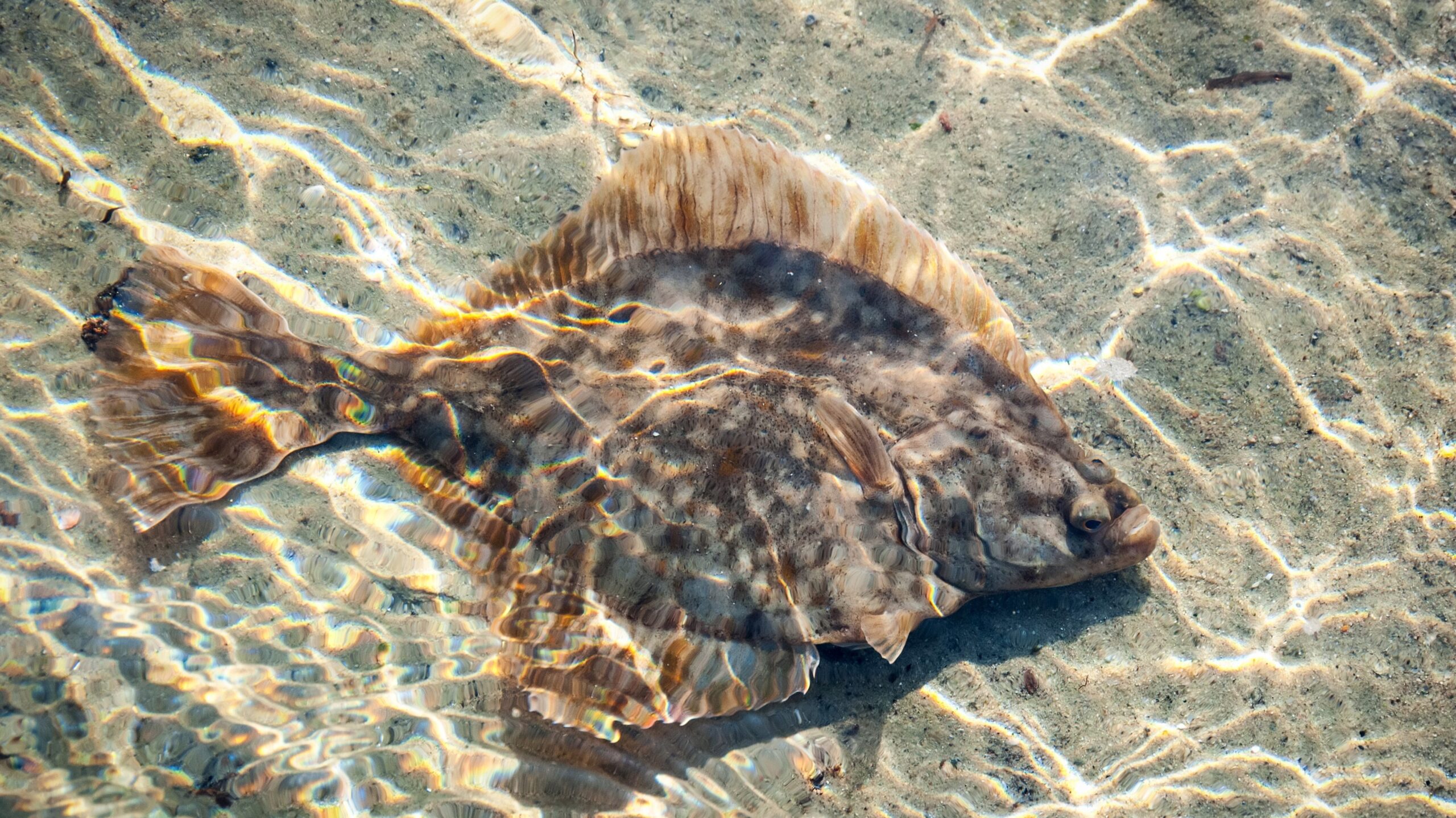
Flounder, with their distinctive flat bodies and camouflaging abilities, are a prized catch in Charleston’s waters. Known for their stealthy nature and tasty white meat, these bottom-dwelling fish are a rewarding challenge for anglers. Their unique ambush hunting style and preference for structure make them an exciting target for both seasoned fishers and beginners.
Where to Find Them
Flounder are masters of blending into their environment, often lying motionless on the bottom, waiting to ambush passing prey. To find them, focus on these habitats:
- Sandy or Muddy Bottoms: Flounder bury themselves in soft substrates to remain hidden while hunting.
- Docks and Piers: The shaded areas around pilings provide ideal ambush points for Flounder, especially where baitfish congregate.
- Jetties and Rock Groins: Structures like jetties offer cover and attract smaller prey, making them Flounder hotspots.
- Creek Mouths and Tidal Flats: During tidal movements, Flounder position themselves near channels or creek mouths to capitalize on baitfish swept by the current.
When to Catch Them
The best time to target flounder in Charleston is during the late spring through early fall (May – September). Warmer water temperatures make them more active and aggressive in their feeding habits. During these months, they migrate from deeper waters to inshore areas, following schools of baitfish like shrimp and minnows.
As the season progresses into fall, flounder begin their migration offshore to spawn, creating opportunities to catch them near inlets and deeper structures.
How to Catch Them
Targeting flounder requires patience and precision, as these fish often hit bait subtly. Here’s how to increase your chances:
- Dragging Live Bait Along the Bottom:
- Use mud minnows, finger mullet, or shrimp as bait.
- Rig them on a Carolina rig with a weight to keep the bait close to the bottom.
- Slowly drag the bait across sandy or muddy areas near structures, pausing occasionally to mimic natural prey movement.
- Using Soft Plastics:
- Soft plastic jigs, such as Gulp! shrimp or paddle tails, are highly effective for Flounder.
- Choose natural colors like white or chartreuse for clear water, and darker shades for murkier conditions.
- Bounce the jig along the bottom to mimic an injured baitfish.
- Targeting Tidal Changes:
- Flounder are more active during tidal changes, particularly at incoming or outgoing tides.
- Cast near creek mouths or drop-offs, where baitfish are funneled by the current.
Why Flounder Are a Favorite
Flounder are cherished not only for the thrill of catching them but also for their culinary appeal. Their mild, flaky meat is versatile and can be prepared in countless ways, from frying to stuffing. In Charleston, Flounder dishes are a staple of local seafood restaurants, making this fish a true coastal favorite.
For anglers, the challenge of outsmarting these camouflaged hunters adds to the reward. Whether you’re fishing from shore, a dock, or a boat, flounder are a fun and tasty target that captures the spirit of Charleston’s vibrant fishing culture.
If you’re looking for a fish that combines stealth, skill, and superb flavor, flounder should be at the top of your list when exploring Charleston’s waters.
4. Black Seabass
Black seabass are a staple of Charleston’s nearshore and offshore fisheries. Known for their bold strikes and delicious, flaky meat, these fish are a favorite among anglers looking for consistent action and a rewarding catch. Their abundance, hard-fighting nature, and excellent table fare make them a must-target species for both beginners and experienced fishers.
Where to Find Them
Black seabass are structure-oriented fish, meaning they gravitate toward areas that provide cover and attract prey. Look for them in these habitats:
- Reefs and Wrecks: Charleston’s coastal waters are dotted with natural and artificial reefs, which act as magnets for Black Seabass.
- Rocky Bottoms and Ledges: These areas provide shelter and hunting grounds for these bottom-dwelling fish.
- Nearshore Structures: For those fishing closer to shore, smaller Black Seabass can often be found around jetties, piers, and other submerged structures.
Black Seabass are often found in water depths ranging from 30 to 120 feet, with larger fish typically found in deeper offshore waters.
When to Catch Them
The beauty of black seabass fishing is that it’s a year-round opportunity in Charleston. These fish are consistently available, but the cooler months (fall through early spring) tend to produce better numbers and larger fish. During these times, they’re more concentrated around structures, making them easier to locate.
In warmer months, they may spread out slightly, but they remain highly catchable for anglers willing to seek them out.
How to Catch Them
Black seabass are aggressive feeders and are relatively easy to target if you know where to find them. Here are the best techniques:
- Bottom Fishing with Cut Bait:
- Use squid, shrimp, or cut fish like menhaden as bait.
- Rig with a simple bottom rig or a two-hook setup to increase your chances of a double hookup.
- Drop the bait near the structure and keep it close to the bottom, as seabass rarely venture far from their cover.
- Vertical Jigging:
- Metal jigs or bucktail jigs are effective for enticing larger Black Seabass.
- Drop the jig to the bottom, then retrieve it with short, sharp jerks to mimic a fleeing baitfish.
- This method is particularly effective for targeting larger fish.
- Light Tackle for Sport:
- While many anglers use heavier setups, targeting black seabass with light tackle adds an extra level of excitement.
- A medium spinning rod with a sensitive tip will allow you to feel every nibble and enjoy the fight these fish put up.
Why Black Seabass Are a Favorite
Black seabass are a go-to species for many anglers because they’re both plentiful and reliable. Their aggressive feeding habits mean you’re almost guaranteed action when you drop your line in the right spot. Plus, their meat is highly prized for its firm texture and mild flavor, making them a versatile choice for grilling, frying, or baking.
For beginners, black seabass are an excellent introduction to reef and wreck fishing, as they’re relatively easy to catch and don’t require overly complex tactics. For seasoned anglers, targeting larger “knothead” Seabass offers a satisfying challenge.
If you’re looking for steady action and a delicious reward, make sure black seabass are on your Charleston fishing agenda. These fish are proof that sometimes, the best catches are right beneath you.
5. King Mackerel
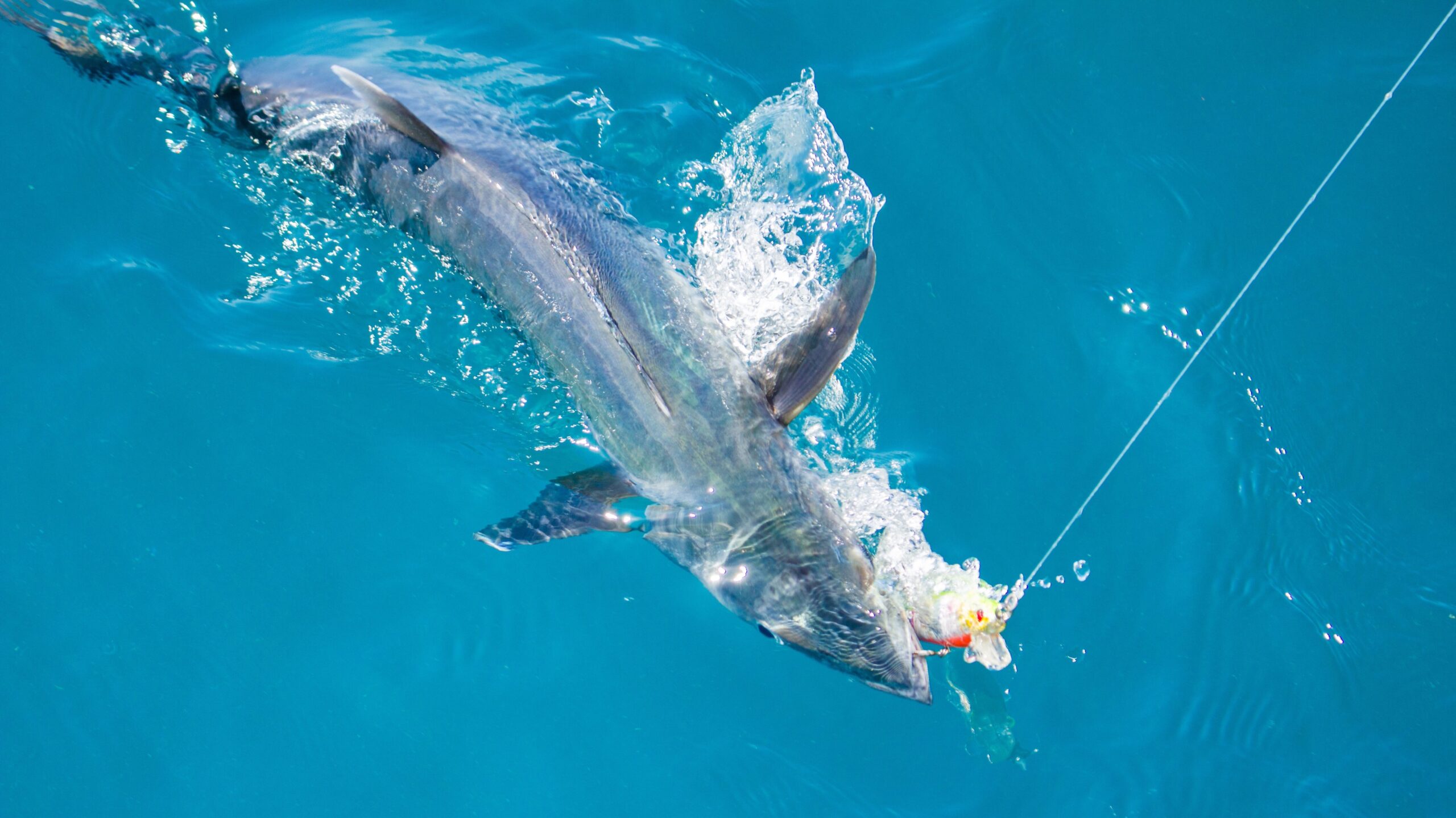
If you’re seeking speed, power, and excitement on the water, King Mackerel—or “Kingfish”—is the ultimate target. These sleek, torpedo-shaped fish are known for their blistering runs and acrobatic fights, making them one of the most thrilling catches in Charleston’s offshore waters. King Mackerel are a favorite among anglers who enjoy the challenge of trolling or live bait fishing in deeper waters.
Where to Find Them
King Mackerel are pelagic fish, meaning they roam the open waters. They often patrol areas where baitfish are abundant, making them somewhat predictable to target. Look for them in these key habitats:
- Reefs and Wrecks: Nearshore and offshore reefs are prime hunting grounds, as they attract baitfish schools.
- Drop-Offs and Ledges: Kings often patrol the edges of underwater drop-offs, where currents push bait upward.
- Bait Balls in Open Water: Keep an eye on your fish finder or look for birds diving into baitfish schools—this is often a sign that King Mackerel are nearby.
Kingfish are typically found in waters ranging from 30 to 150 feet deep but can occasionally come closer to shore during the summer months.
When to Catch Them
The best time to target King Mackerel in Charleston is during the summer months, from May through August, when water temperatures rise and baitfish are plentiful.
Spring and fall can also produce excellent catches, especially during migratory periods when King Mackerel move along the coastline. During these seasons, they tend to congregate in larger numbers, increasing your chances of a successful trip.
How to Catch Them
King Mackerel are aggressive predators, and their feeding habits require specific tactics to maximize your success. Here are the most effective methods:
- Trolling with Live Bait:
- Slow-trolling live bait, such as menhaden, mullet, or cigar minnows, is the most reliable method.
- Use a stinger rig, which includes a trailing treble hook, to account for their sharp teeth and short strikes.
- Troll near reefs, wrecks, or bait schools at speeds between 2 and 4 knots.
- Using Artificial Lures:
- Diving plugs, spoons, and skirted lures can also entice King Mackerel.
- Troll these lures slightly faster than live bait—around 4 to 7 knots—to mimic fleeing baitfish.
- Bright, flashy lures are particularly effective for catching their attention.
- Drifting with Live Bait:
- When trolling isn’t possible, try drifting live bait near the structure where King Mackerel are likely to be lurking.
- Use a balloon or float to keep the bait at the desired depth, typically 10–30 feet below the surface.
Why King Mackerel Are a Favorite
King Mackerel offer one of the most exciting fishing experiences you can have off Charleston’s coast. Their combination of speed, strength, and unpredictability makes every hookup a memorable battle. For anglers who love the thrill of offshore fishing, Kings are a top-tier target.
Additionally, King Mackerel are a versatile catch when it comes to cooking. While some prefer them smoked or grilled, others enjoy them fresh as part of a seafood feast. With proper preparation, their firm, flavorful meat can be the star of any meal.
For those who thrive on adrenaline-filled fishing and the satisfaction of landing a trophy fish, King Mackerel are hard to beat. Whether you’re trolling the open waters or drifting near a reef, these ocean predators deliver the kind of action that keeps anglers coming back for more. If you’re heading offshore from Charleston, be sure to set your sights on Kings—they’ll leave you with stories to tell and memories to cherish.
Conclusion
Charleston, South Carolina, is a paradise for anglers, offering a diverse range of fish species and habitats that make every trip unique. Whether you’re casting your line inshore or heading offshore for a more adventurous pursuit, the waters around Charleston have something for everyone.
From the reliable and hard-fighting Red Drum to the stealthy, bottom-dwelling Flounder, Charleston’s inshore fisheries are perfect for anglers seeking both challenge and reward. The aggressive Spotted Seatrout adds a splash of excitement to tidal creeks, while offshore species like Black Seabass and the fast, powerful King Mackerel promise unforgettable battles and delicious rewards.
No matter your skill level, targeting these top five species will deepen your appreciation for Charleston’s vibrant fishing scene. And with the right knowledge of their habitats, peak seasons, and proven fishing methods, you’ll be well-equipped for success.
So, grab your gear, plan your trip, and explore the endless possibilities that Charleston’s waters have to offer. Whether it’s the thrill of hooking a King Mackerel or the satisfaction of catching a Red Drum on light tackle, the experience will leave you hooked in more ways than one. Tight lines and happy fishing!
Search
Recent Posts
Intro to Boat Terminology If you’ve…
For many families, boating is about…
The Pinnacle of the Center Console…






